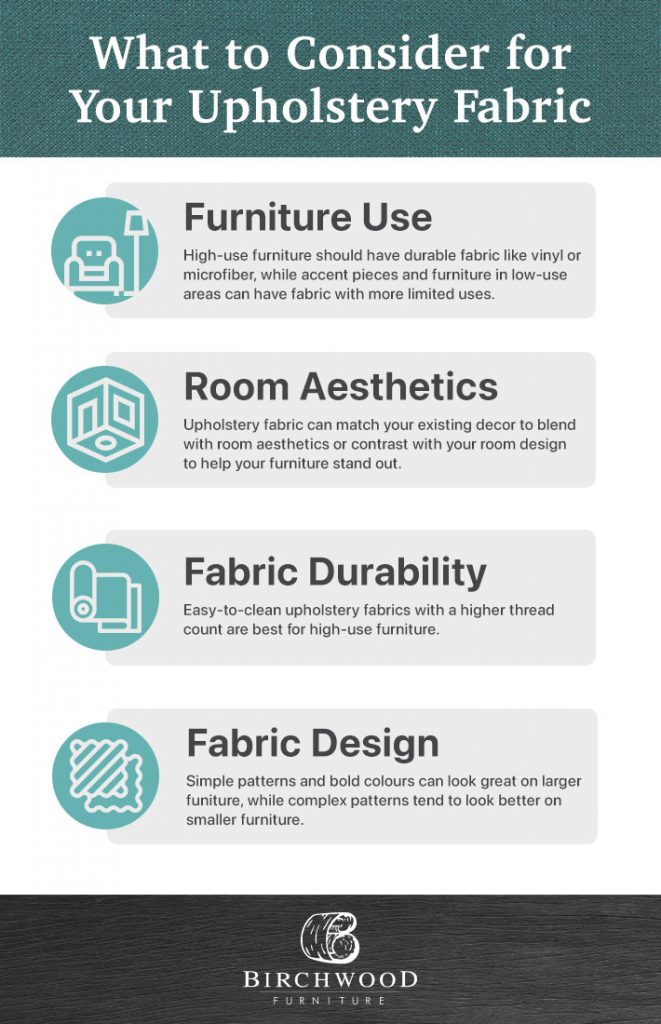The Best Guide To All 4 Way Stretch Fabrics
The Best Guide To All 4 Way Stretch Fabrics
Blog Article
The Of All 4 Way Stretch Fabrics
Table of ContentsAbout All 4 Way Stretch FabricsNot known Details About All 4 Way Stretch Fabrics The 7-Second Trick For All 4 Way Stretch FabricsSome Known Incorrect Statements About All 4 Way Stretch Fabrics 7 Simple Techniques For All 4 Way Stretch Fabrics5 Easy Facts About All 4 Way Stretch Fabrics ExplainedNot known Facts About All 4 Way Stretch Fabrics
As I additionally want UV security from my garments when I go out, I would choose a largely woven cotton material. One even more factor to consider when acquiring the fabric is the way it will after washing.A winner would certainly be to get at least 10% additional fabric. If you can acquire preshrunk material, this is the very best. Preshrunk material will certainly have labels that will certainly say" etc. If you are looking for a fabric that will not stretch or shed form, you can search for the "anti-sag" label.

If you are matching the shade, like picking the cellular lining for the major fabric or choosing material to include as trim, this is particularly essential. The fabric display rooms will normally have a light well where you can see the fabric in sunshine (or a window with excellent light from outdoors).
The Definitive Guide for All 4 Way Stretch Fabrics

Many materials are concerning 44 wide. When you go to get material, quote exactly how a lot you want initially and then go to the store.
Some fantastic bargains can be had this way. In dressmaking, we purchase fabric by the yard/meter.
Everything about All 4 Way Stretch Fabrics
In a quarter of a yard, you obtain a 9 by 44 strip of textile, which is regarding 22 cm in size. According to the size of materials, they might be called single-width and double-width.
You can discover even more about yard to meter conversion right here. Look into this article on reviewing a measuring tape Select materials that are not also difficult or rigid, or you wouldn't be comfy in them. Bed linen, Denim, flannel, For colder climates, pick wool (100% as well as woollen blends) woollen tweeds, woollen crepe; it generally relies on what trousers you are speaking about Tailored trousers, Unstructured Pant, Combined, Denim.
Corduroy is comfy to wear material to select for pants. All cotton materials are excellent for kids. You can choose a cotton satin stretch or a cotton twill or cotton satin or lawn. Knit textiles are likewise terrific for children you can choose wool knits. Interlock knits are dressmaking knits that stretch across the grain.
All 4 Way Stretch Fabrics Fundamentals Explained
Look into this blog post on the very best fabric for garments for infants and children for more information on this subject. Lightweight cotton is my favorite to sew skirts. Cotton grass fabric in attractive prints is excellent. Silk jacket is a terrific material for stitching skirts, as is Ponte Roma knit material.
Additionally, drapey rayons, soft wool, lycra blends, and stretch velours are all suitable for stitching skirts. Wool (Woollen crepe has a wonderful drape and provides adequate framework for jackets; wool tweeds are great also), Linen & Flannel. Velour (Take A Look At the slouchy velour blazer tutorial, incidentally). Light-weight knits are excellent for free-flowing coats such as this waterfall jacket pattern Raw silk, satin, taffeta, velour, Shoelace, silk chiffon, and Fabric are all excellent for making dresses.
You can buy medium-weight materials with some spandex/elastane added for a fitting bodycon-type gown. For drapey outfits, you can choose light-weight materials. Jacket has a drapey fit like this. Crepe, challis, and charmeuse are all drapey fabrics matched for this style. Inspect out these blog posts: Ideal material for making informal dresses and tops; Names of various gowns. Rayon, Acetate, and cotton lining materials are widely made use of.
Lightweight cotton textile, Cambric, Chintz, Twill, Faille, Seersucker, Poplin, lightweight woven broadcloth, batiste, linen, eyelet are great for making t shirts and blouses. I love chiffon shirts. Silky satin fabric is great for making ventilated tops. Check out the article on the 7 best fabrics for making t shirts. Making shawls and scarves need different considerations for the textile check out this post on the fabrics for making headscarfs When acquiring patterned textile (a lot of the formed material includes a width of 45 or 54 inches), there will be pattern repeat in these materials, and this should be thought about when reducing material along with buying them i.e., if you wish to match the patterns at the joints.
Get This Report on All 4 Way Stretch Fabrics
The themes will certainly be dispersed in an organized fashion on the material. You might see often If the print is not positioned on the material properly, it can not be matched or lined up when constructed without misshaping the textile and the hang of the garment.


You can discover more regarding grain and grainline of material right here. The material weight depends on lots of aspects like the weave, fiber type, etc and is typically denoted by GSM. GSM can vary from 60 -700; 700 being the GSM of extremely high-quality woolen textile. A denim fabric has a GSM of 400, depending upon the weave.
One thing you have to keep in mind is that greater fabric weight does not signify higher material high quality. It simply is a sign of the viability of the textile for a particular task. You can not pick high material weight fabric jeans for a light-weight drifting shawl. Knowing the textile weight is helpful when comparing the very same kind of materials, yet even this will rely on its application.
Examine out the list of the 70+ various material coatings and treatments. Essentially, the click here for info most important standards to try to find in the fabric you buy are as adheres to. The variety of strings per inch of material (yarns-per-inch). Higher the thread matter greater the number of strings woven per inch, and the higher the top quality.
More About All 4 Way Stretch Fabrics
This is extremely crucial in any type of textile. In top quality fabric, this equilibrium (either in numbers or in size) will constantly be preserved. Processes used on textile to enhance look and performance. The fibers that are woven to make the textile will certainly either be as a solitary hair or will be developed by combining 2 threads (twisted).
A two-ply thread is remarkable to a single-ply thread.
If you are preparing yourself to begin a new sewing task, choosing a material will be the most vital action as soon as you choose what you want to make. After you've gone to all the problem and expenditure of acquiring the stitching device you love, a pattern you like, and a fabric you love, you want the ended up item to be a success? One means to achieve that is to start by seeing to it your textile is really ideal for the project.
What Does All 4 Way Stretch Fabrics Mean?
If you're making a quilt, you'll automatically want to use quilter's weight cotton for finest results. However suppose you wish to make a product of apparel? Exactly how do you recognize which material will give you the most effective result? Picking a material simply since you like the print or design on it isn't always the best technique.
You obtain the image. In order to prevent doing a whole project for basically absolutely nothing, we have actually compiled some pointers to help you choose which material is ideal for your task. Let's state you already have a project in mind; just how do you discover the best material for it? One way is to look at comparable things in storesor ones you already have.
Think of the characteristics you want the completed product to have. If garments, will it be fitted or loose? Dressy or everyday? For cozy weather or cold? Do you desire a solid shade or a print? If you are making a non-wearable item such as a cushion cover or potholder, use a strong material such as canvas.
There is a lot details available about fabrics, their features, and their uses, it could reach be frustrating! So don't try to take it in all at the same time; simply begin with the task available. Discover all you can regarding the textile you use for this one task.
Report this page